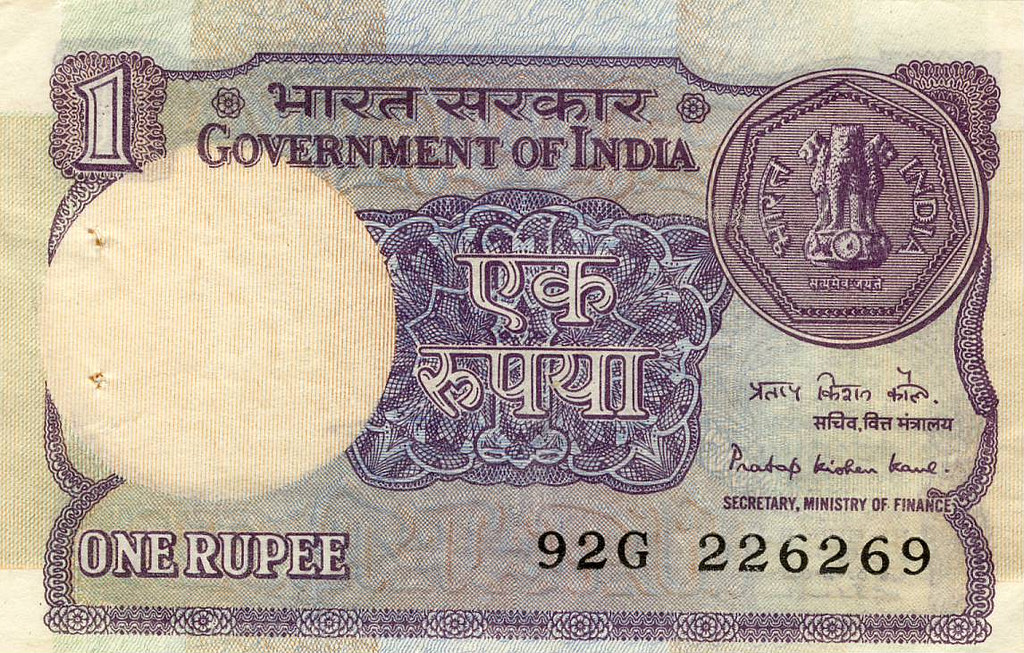

If China buy’s US Treasury Bills, USD will become strong and Chinese Yuan will become weak.īut for India, it can influence the rate of INR only marginally.If China sells US Treasury Bills, USD will become weak and Chinese Yuan will become strong.May be it is possible for countries like China which has huge foreign reserves (US dollar and US Treasury Bills) – Top 10 Forex reserve countries. In a free float rate scenario, influencing currency rate is difficult. Example: When INR fundamentals remains same, but USD becomes strong, this will devalue INR ( more here). If external forces dominate, less can be done internally.Īs INR follows a free float exchange rate, its valuation is more effected by external factors. Indian Government can control Rupee’s exchange rate by controlling internal economics only to an extent. Strength of currency (say INR) is not only dependent on India’s internal economy but also on external factors. What is the cause of this devaluation? What wrong India is doing that its currency is becoming weaker? Why, even the so called non-corrupt BJP, is not able to tame the weakening of INR? Even then the Rupee devaluation continues. Since 2014, BJP is in power in India and Narendra Modi is the PM. In Mar’2014, in one of the election rallies of BJP, Narendra Modi (now our PM) blamed UPA government for devaluation of INR from Rs.45 levels to Rs.62 levels. Today in Mar’20 (after 10 years), INR is trading at Rs.73.45 w.r.t a US dollar. In Mar’10 INR was trading at Rs.45.93 w.r.t a US dollar. It means in these years the INR has become weak compared to USD. In last 10 years, the exchange rate between INR/USD has gone up by 59.91%.

But in a country like India where majority are poor, this benefit is felt less in short term. Pros of strong INR is improved purchasing power. This leads to current account deficit, low employment rate, and slower GDP growth. For a developing country like India, stronger INR means less exports.


 0 kommentar(er)
0 kommentar(er)
